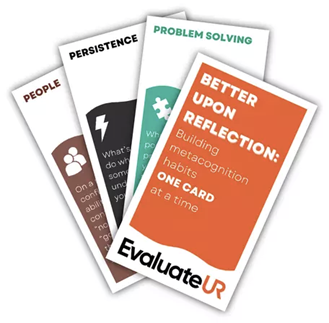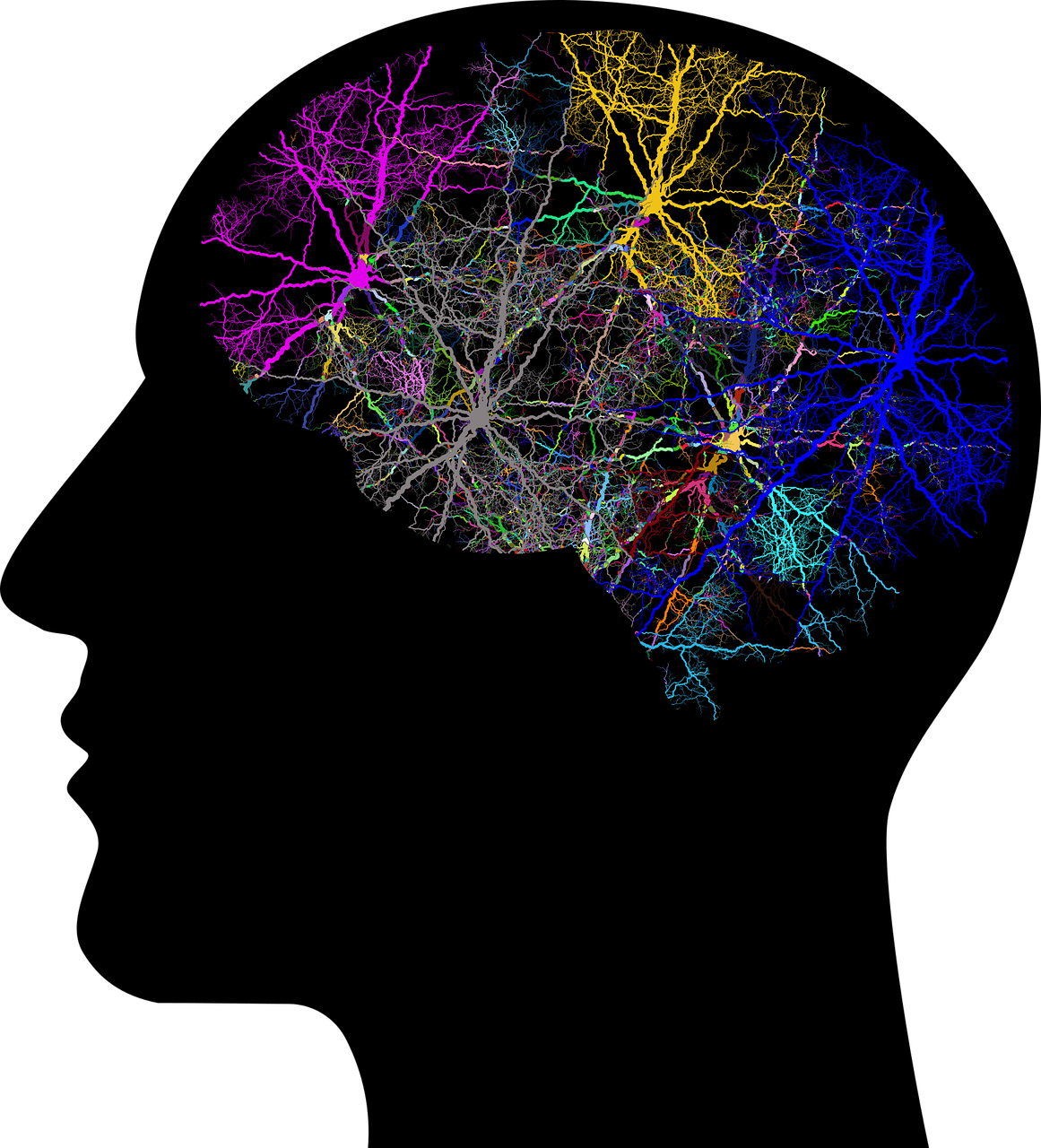| by Jessica Santangelo, Hofstra University
|
Downloadable |
Description of Activity
Motivations and context: I teach a fast-paced, content-heavy introductory biology course. Many students struggle in the course – not because they are not capable, but because they lack a repertoire of learning strategies that best support learning within the structure of the course. Rather than discuss “study strategies” as an add-on to course content, this activity has students model behaviors that make their learning visible, reduce reliance on memorization, and empowers them with a process to improve academic performance.
My basic goal with this activity was to make a very specific process available to students to mitigate the tendency I saw of students, when faced with a challenging question or concept, to simply guess or give up. Namely, students remember one key fact about a complex system from which all other pertinent facts can be derived. In this specific example, they organize those facts in a table and (critically) use the table when faced with questions regarding the system. The process of reasoning from a key fact to a deeper or more applied understanding is not metacognitive in and of itself. In this case, metacognitive development is promoted by the structuring of the in-class work that allows multiple opportunities for practice with the reasoning process.
Nuts and bolts of an example application
In the course we cover the urinary system. The most challenging aspect of this topic is the function of antidiuretic hormone (ADH). It involves understanding the effects of a diuretic (so students can then understand the effects of an antidiuretic) and osmosis – the movement of water across a semipermeable membrane. It further involves blood pressure, blood osmolarity, stimuli that either cause or inhibit release of ADH from the hypothalamus, and impacts of ADH (or lack thereof) on the kidney. Needless to say, there are a lot of moving parts.
I structure two class periods around one concept: Diuretics promote urine production. I tell students that this is the one thing they should memorize. Everything else follows from that one statement. So, rather than memorizing the entire table below, they memorize one statement, then reason their way through all the other information. Making students aware of this general strategy can greatly reduce the amount of time spent memorizing while increasing the amount of time spent making connections between interrelated facts or processes. Indeed, it’s worth asking students to self-identify one key starting point for any concept such that, if they remember that one key point, they can reason through the rest of the information.
| The one concept to remember: Diuretics promote urine production. | ||
| Diuretic | Antidiuretic | |
| urine production | Increases / promotes | Decreases / inhibits |
| water loss | Increases / promotes | Decreases / inhibits |
| water retention | Decreases | Increases |
| blood osmolarity | Increases (more salty as remove water) | Decreases (less salty as add water) |
| blood pressure | Decreases (as remove water) | Increases (as add water) |
I introduce the one concept, then have students work in groups to fill in the table on large wall-mounted whiteboards. Throughout their group work I ask questions to promote their metacognitive development like “What do you already know?” and “How did you come to that conclusion?”. This is a key step in the metacognitive process: asking them to make their reasoning visible to themselves and their group-mates. Though students may get stuck, being metacognitive (i.e., asking “what do I know, how do I know it, and how does that help me?”) helps them reason their way through more effectively. At the end of the class session I remind students to test themselves on their ability to start with the one key concept and subsequently explain the table before coming to the next class session.
The next class session, students put all of their notes and other resources away, and recreate the table on the wall-mounted whiteboards using only their brains. Invariably, most groups jump right into filling out the table. But one or two groups will take the time to write “Diuretics promote urine production” on their board before filling in the table. The groups who write this tend to complete the table more quickly and more accurately. I use this as a teachable moment for all the groups by reminding them that they have a simple tool – the one phrase to remember – to guide them in completing the table.
The groups then use their tables as a guide to answer a series of challenging questions about the stimuli for ADH release/inhibition and the associated outcomes. Most groups get bogged down in the questions – they discuss possible answers with their neighbors but go round and round and get confused. I let this happen for a question or two and then I remind students to use the table they put on the board. I ask one student from each group to stand up and model (with their group’s help) how to use the table to answer the next question. At this point, there are lots of “oh”s and “aha”s as students realize it is much easier to arrive at the correct answer using the table.
I then tell students: “You just used a tool (the table) to help you answer this question. What tools do you have available to you when you face a question like this on the exam?” Most of them look around in bewilderment as I don’t allow them to use any outside resources on exams. I then ask “What about the table?” and they say “But we aren’t allowed to bring anything with us to the exam”. And I say “But where did that table come from today?” and they respond “our brains” and I reply, “Exactly. You remembered ONE sentence and then you filled out that whole table with just your brain. So why not jot that table down on your exam?” And their eyes light up…
This is another key step in the metacognitive process: making it obvious to students how they can use this approach on their own to support learning and achievement. The behaviors they modeled in class (remembering one key concept from which to derive all other relevant information, organizing information into an easy-to-reference format, and utilizing that organized information to answer applied questions) should not be used solely in class or when I ask them to do it. They can use those behaviors on their own to promote learning outside of class or on an exam. I have found that unless I make this explicit to students, they rarely use an approach from the classroom on their own.
Outcomes
I’ve been incorporating a variety of activities and practices to promote student metacognitive development into the course for a few years with success. As a result, many students who would not have passed (or would have barely passed) the course have altered their learning strategies and improved their grades – some to A’s and B’s. As I’ve incorporated this specific example with the urinary system I’ve noticed that students are more willing to attempt the challenging ADH questions and are more likely to reason out the answer than to simply guess.
Lessons learned and future directions
Modeling behaviors in a group context works well for these students. Most of them were not challenged in high school the way they are challenged in this course. Embedding tips and tricks that enhance their ability to make their thought process visible (i.e., that promote metacognition) within the very context of the course 1. makes the tips/tricks an inherent part of learning biology rather than “add-ons” and 2. Increases the likelihood that they will use these metacognitive tips/tricks (self-regulation). My goal is to have students model these behaviors with more topics in the course, constantly reinforcing the thought/reasoning process so it is ingrained by the end of the semester.



